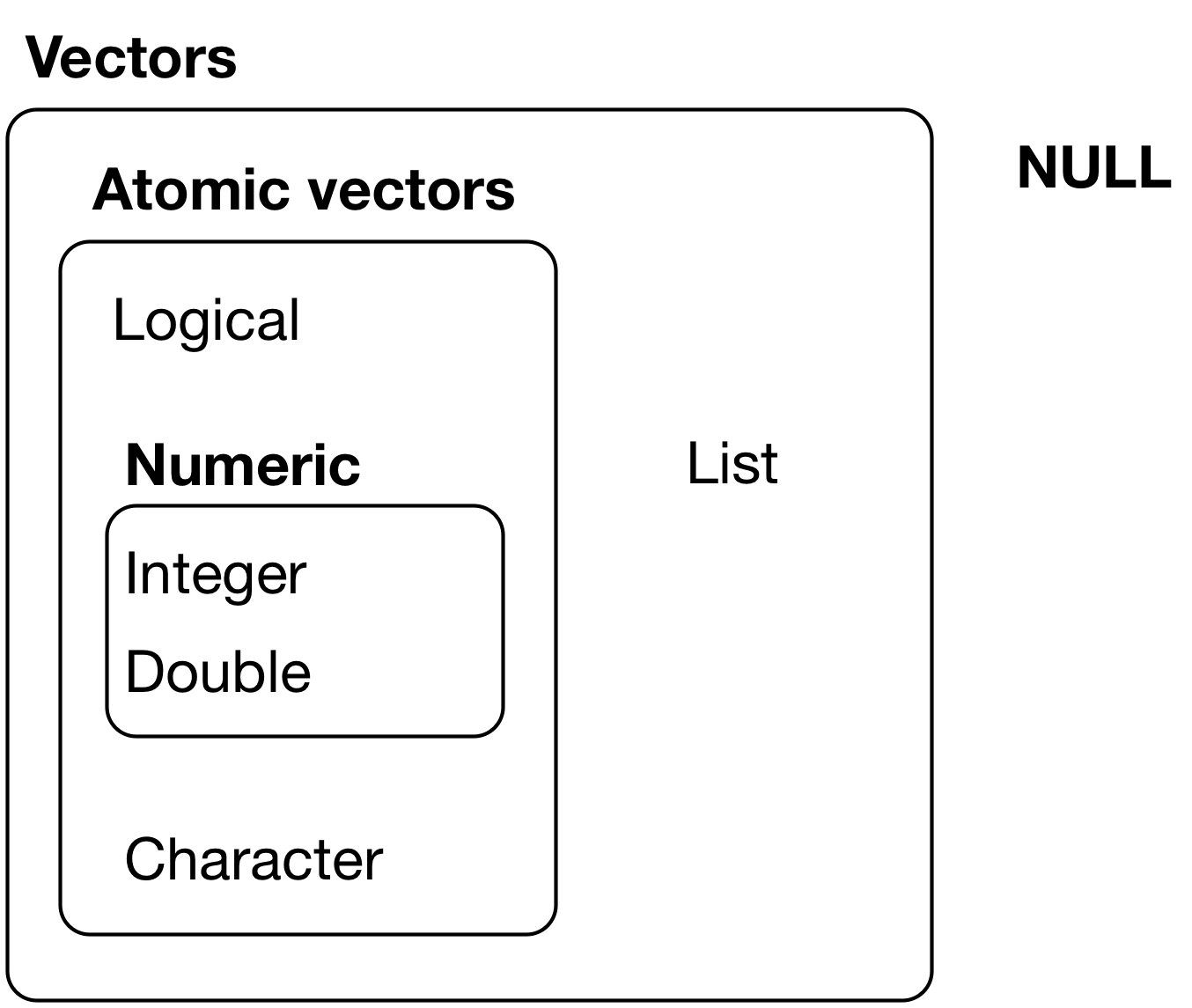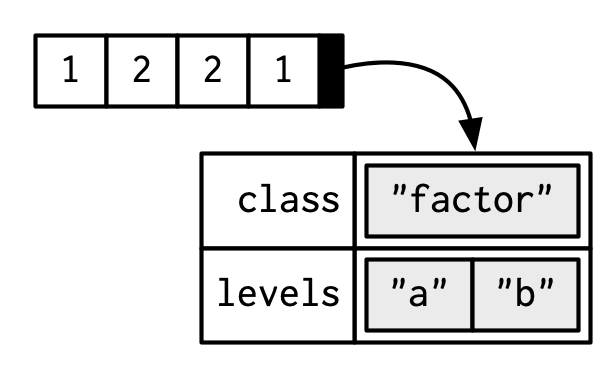Warning: NAs introduced by coercion[1] 3 5 NAWarning: 1 parsing failure.
row col expected actual
3 -- a double alpha[1] 3 5 NA
attr(,"problems")
# A tibble: 1 × 4
row col expected actual
<int> <int> <chr> <chr>
1 3 NA a double alpha 
